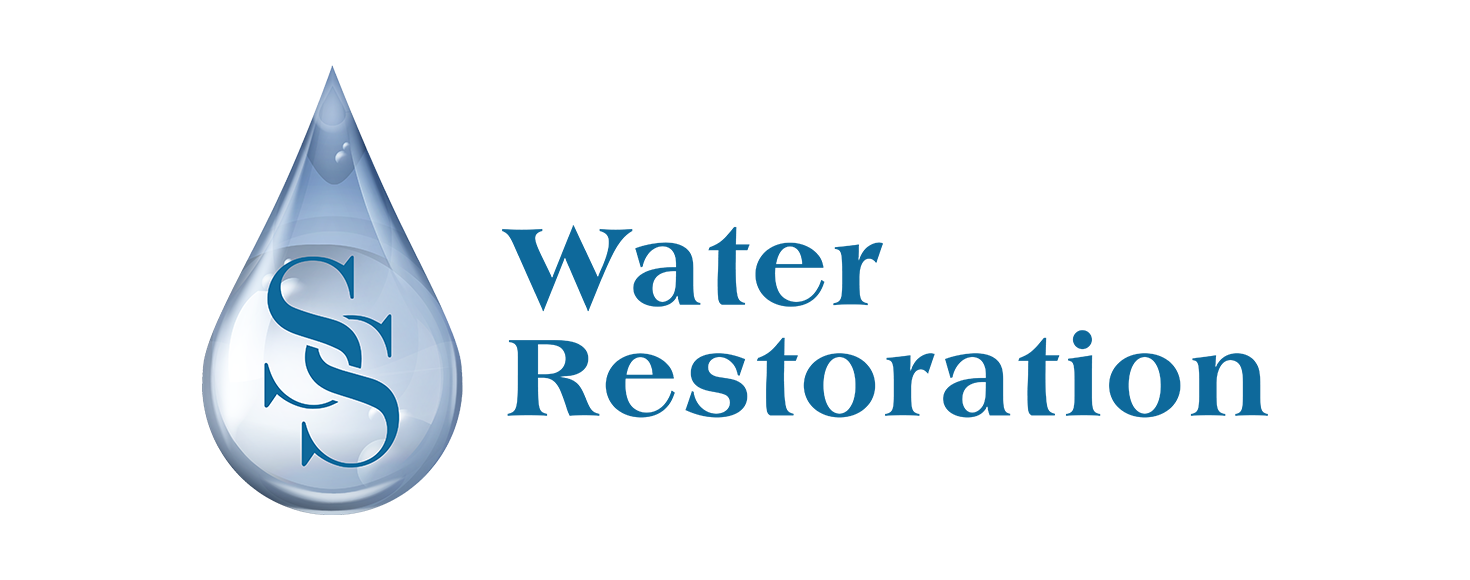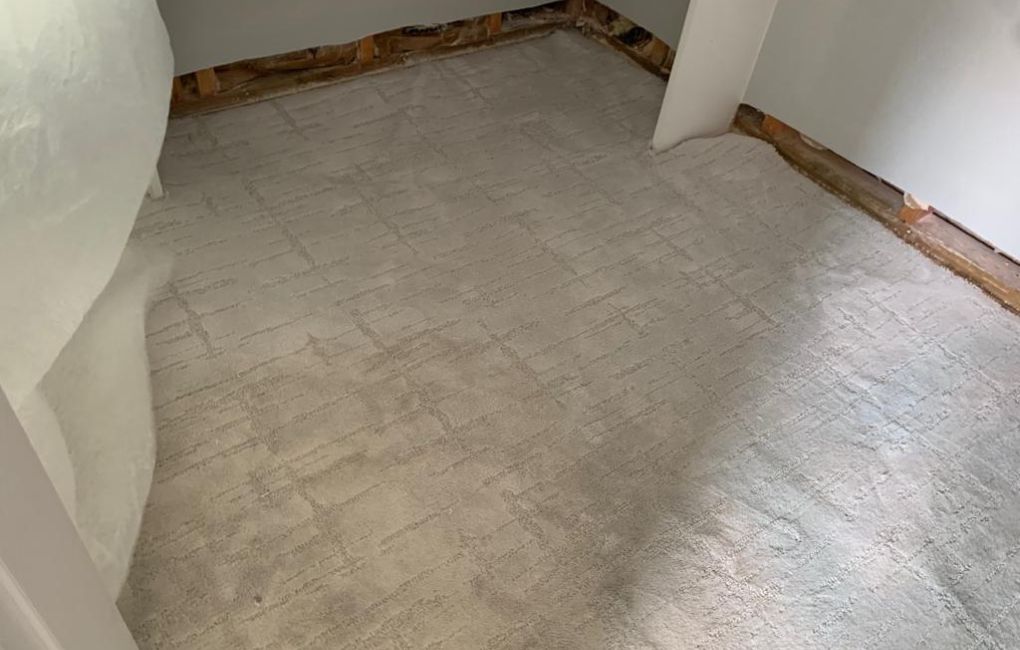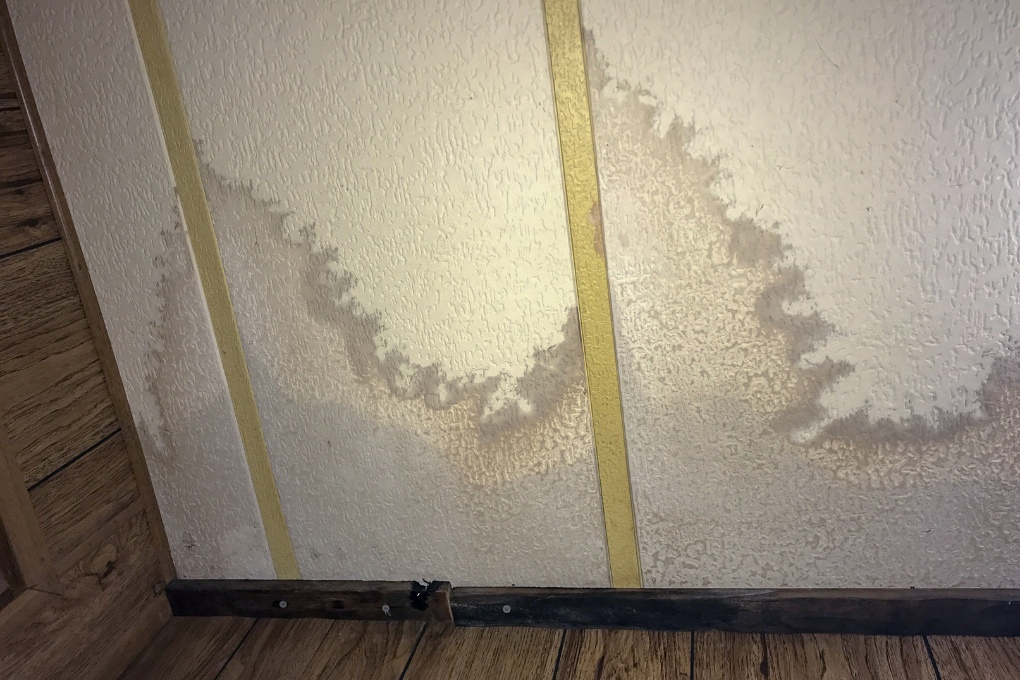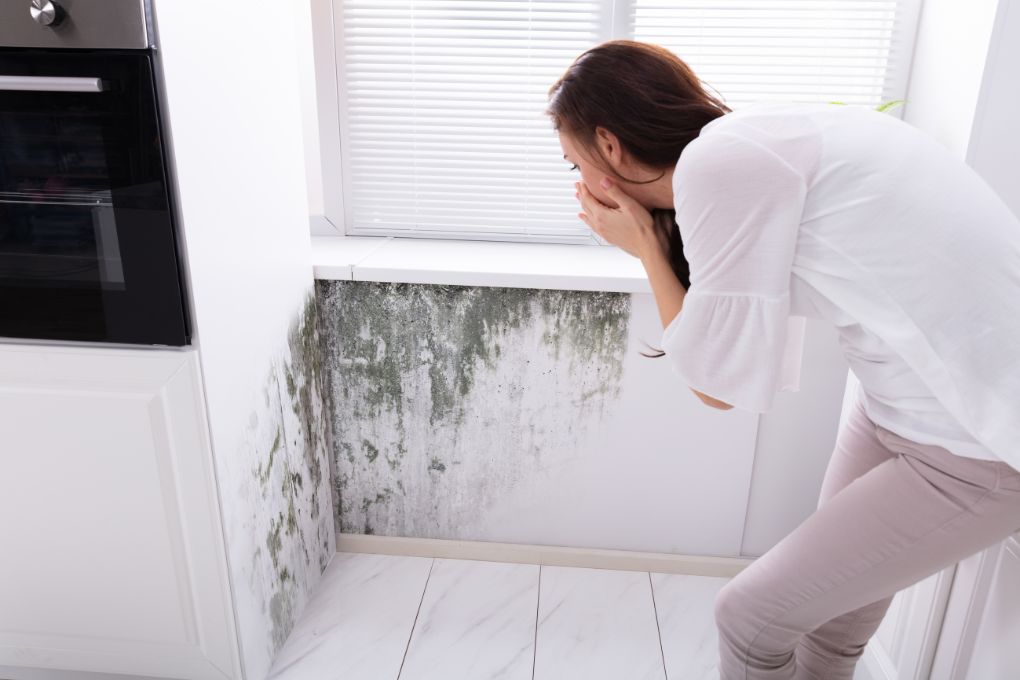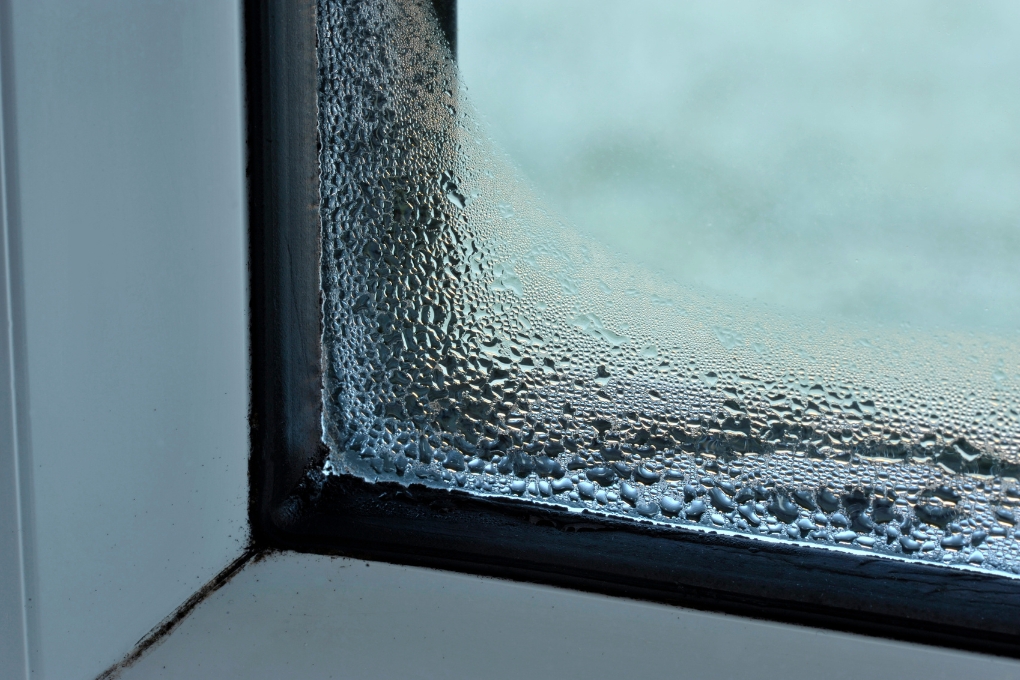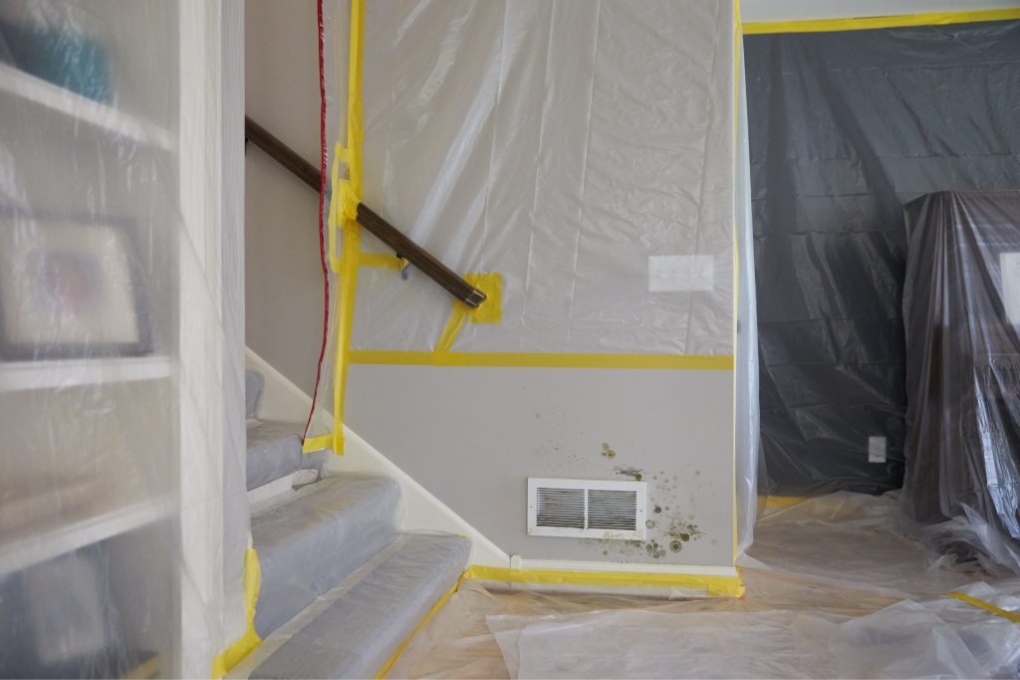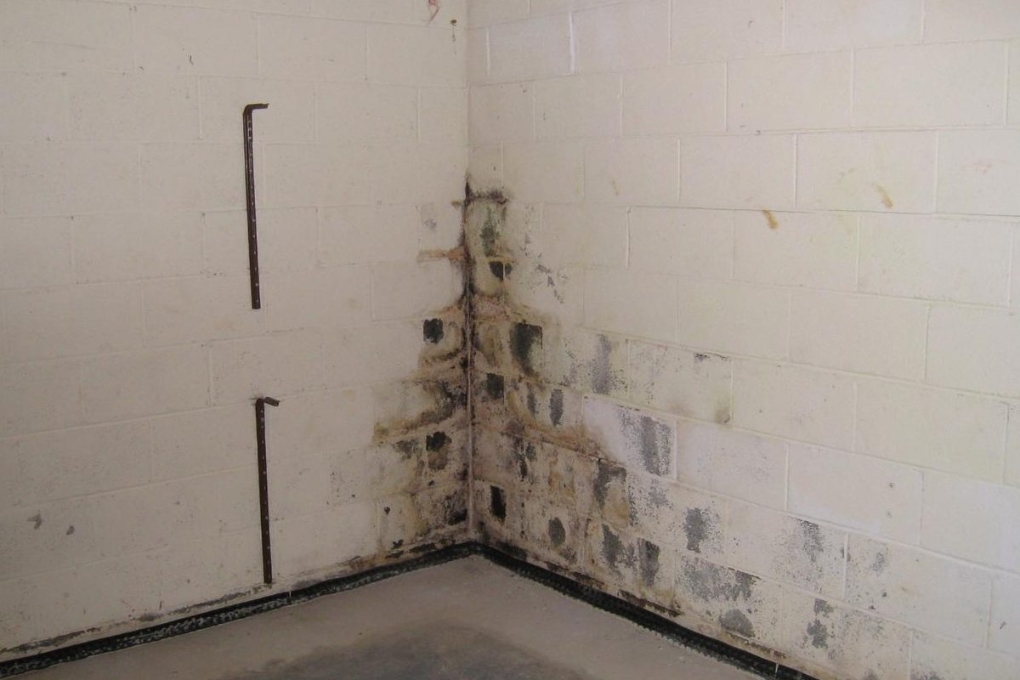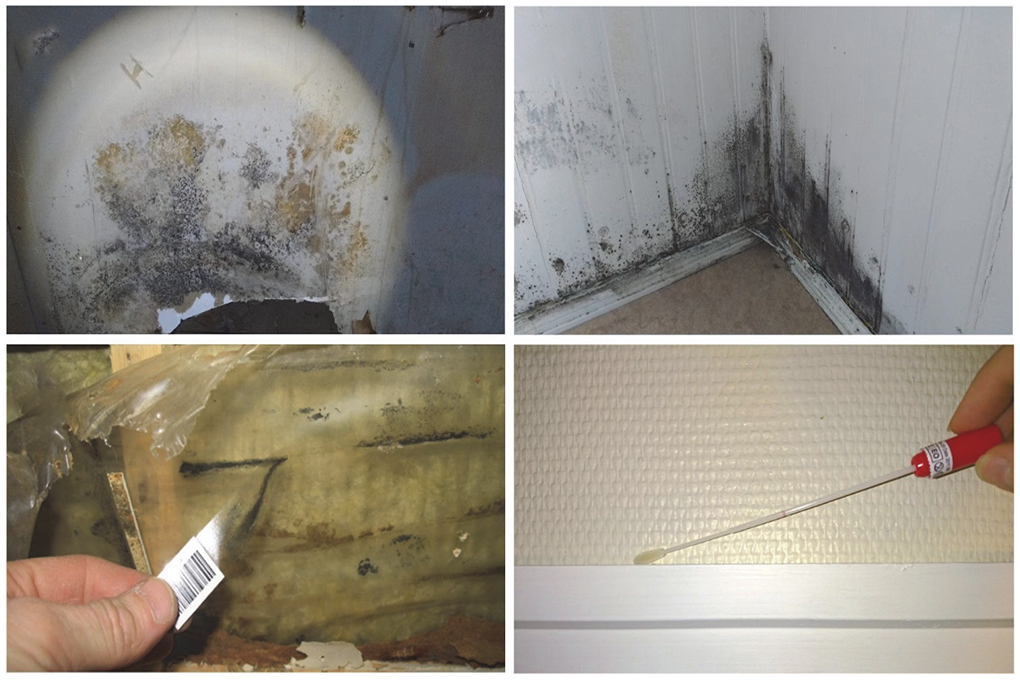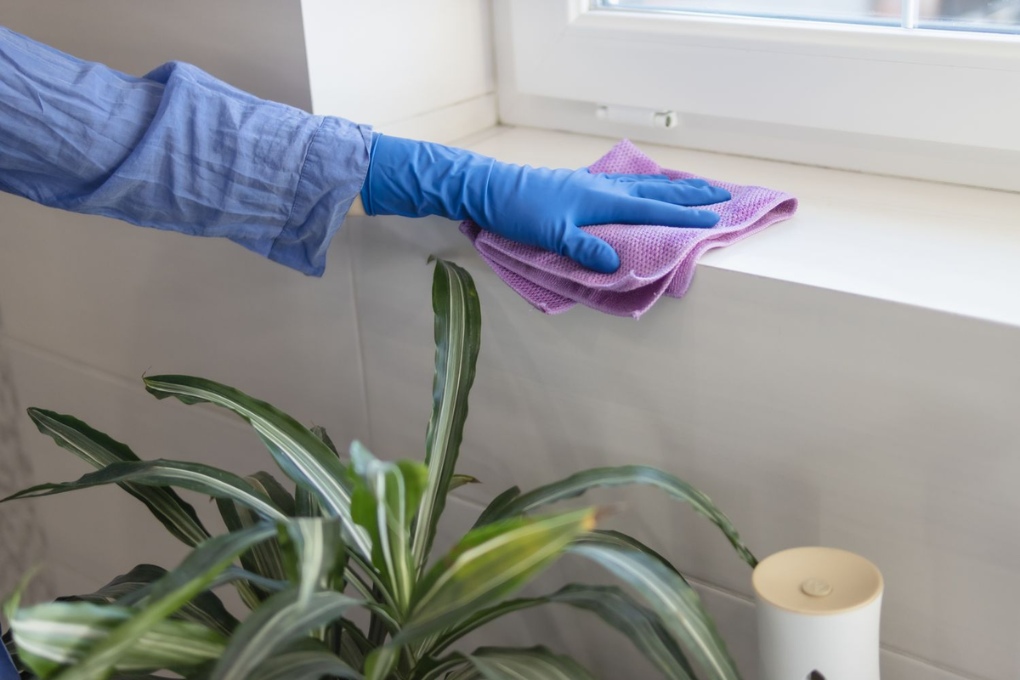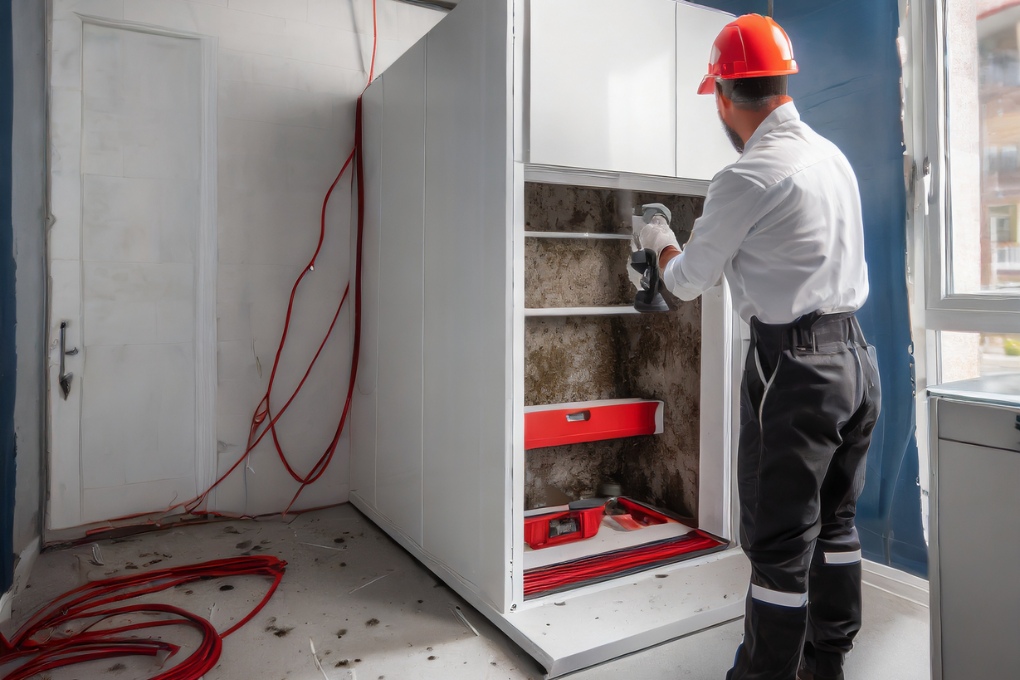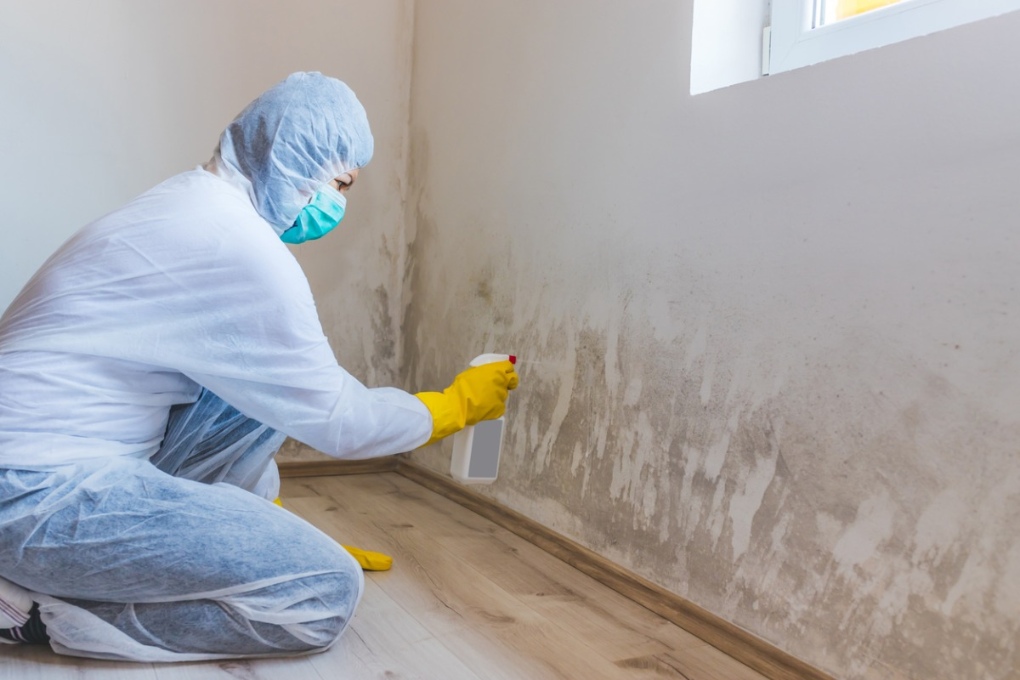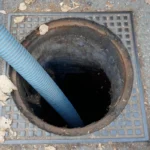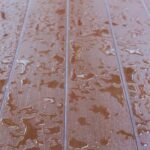Molds are a common concern for many households, and they can pose substantial health risks. These microscopic organisms reproduce by releasing minuscule spores that can easily become airborne. Molds not only generate irritants, allergens, and potentially harmful substances, but they can also worsen respiratory problems, such as asthma, when their spores are inhaled.
The importance of mold detection and remediation cannot be overstated when it comes to safeguarding both your home and your health. Detecting mold in your home can often be as simple as spotting black spots on damp surfaces, this is because mold thrives in environments with high humidity levels.
Mold remediation is the process of thoroughly eliminating mold from a residence, ensuring that even minor mold colonies are completely eradicated and by removing mold, you not only prevent further structural damage but also create a healthier indoor environment.
What is Mold Remediation?
As mentioned above, mold remediation is the process of effectively removing mold from different structures. The process involves identifying and addressing the source, containing the affected area, and removing the mold to prevent further growth. Mold remediation is essential for maintaining a healthy indoor environment and preventing damage to property.
Signs of Mold Remediation in Potential House
Signs of mold growth that can help you detect the presence of mold in your home. Some common signs are:
Visible Mold Growth
The most obvious sign of mold is the presence of visible growth on surfaces within your home. Mold can appear as discolored patches, often exhibiting a fuzzy or slimy texture. These patches can vary in color, ranging from black and green to white or brown. You’re likely to find these mold spots on walls, ceilings, floors, or other surfaces where moisture has created favorable conditions for mold to flourish. When you spot these signs, it’s crucial to address the issue quickly to prevent further mold development and potential health risks.
Musty Odor
One revealing sign of mold growth is the distinct odor it produces, which is often described as musty, earthy, or unpleasant. If you notice this persistent, unpleasant smell in a specific area of your home, it might signal the presence of hidden mold growth behind walls, in crawl spaces, or within cabinets. This odor can linger and be particularly noticeable in poorly ventilated spaces. Investigating further and addressing the issue promptly is essential to prevent mold from spreading.
Water Damage
Mold and moisture go hand in hand, making water damage a common precursor to mold growth. Signs of water damage can serve as important indicators of a potential mold issue within your home. These signs may include water stains on walls or ceilings, discoloration of surfaces, or the peeling of paint or wallpaper. When water infiltrates a building, it creates the ideal conditions for mold spores to take root and flourish. Moisture provides the necessary nourishment for mold growth, and the porous nature of building materials, like drywall and wood, offers an inviting environment for spores to settle and multiply. Therefore, when you spot signs of water damage, address the issue immediately.
Allergic Reactions
As discussed earlier, mold spores are tiny and lightweight, which allows them to become airborne easily. When inhaled or come into contact with the skin, these spores can trigger allergic reactions in certain individuals. Symptoms often include sneezing, coughing, itchy or watery eyes, skin rashes, or nasal congestion. What’s significant is that these symptoms tend to worsen or appear when you’re indoors, especially in areas where mold is present, and they often improve when you leave the affected area. This observation can be a strong indicator of mold-related health issues.
Respiratory Problems
Prolonged exposure to mold can have more severe health issues, particularly for individuals with pre-existing respiratory conditions like asthma or allergies. Continued inhalation of mold spores and their byproducts can aggravate these conditions, leading to symptoms such as difficulty breathing, chest tightness, and persistent respiratory problems. Mold-related respiratory issues can become increasingly severe over time, impacting an individual’s overall well-being and quality of life. Timely identification and remediation of mold problems are essential to mitigate these health risks, as well as to maintain a safe and comfortable living environment for everyone in the affected space, especially those with respiratory sensitivities.
Condensation
Excessive condensation forming on windows, pipes, or other surfaces is a strong indicator of high humidity levels in an indoor environment. When humidity levels are consistently high, it creates ideal conditions for mold growth. The moisture from condensation provides the necessary moisture mold spores need to thrive on surfaces. Therefore, if you notice frequent condensation in your home, it’s essential to address the underlying issue of high humidity to prevent mold problems from developing.
Peeling or Warping
When mold grows on surfaces like drywall, wood, or wallpaper, it can lead to warping, peeling, or deterioration. These structural and cosmetic damages are often indicative of an underlying mold issue as mold feeds on organic materials, breaking them down as it spreads, which can compromise the integrity and aesthetics of your property. Recognizing such damage is crucial in prompting investigation and remediation to halt further mold growth and prevent extensive harm to your home.
High Humidity
Areas of your home that regularly experience high humidity, like bathrooms, kitchens, and basements, are particularly susceptible to mold growth. The moisture in the air provides an ideal breeding ground for mold spores. Therefore, using a dehumidifier in these spaces can be highly effective in reducing humidity levels and preventing mold. By controlling moisture, you create an environment less conducive to mold development, helping to maintain a healthier and mold-free home.
Mold Remediation Process
Mold should be addressed as soon as it’s discovered to prevent further growth and potential health problems. Here’s a step-by-step guide on how to fix mold issues:
Identify the Source of Moisture
Addressing the root cause of mold growth is critical, therefore, before tackling the mold itself, identify and rectify the source of moisture that enables mold to thrive. This moisture can originate from various factors such as leaks, condensation, elevated humidity levels, or water infiltration. Fixing the underlying moisture issue is essential because it not only halts the current mold problem but also prevents its recurrence. By eliminating the moisture source, you create an environment less hospitable to mold, ensuring a more effective and lasting solution to the issue.
Assess the Extent of the Problem
Assessing the extent of mold growth is a critical step in deciding how to address the issue. If the affected area is relatively small, usually less than about 10 square feet, it may be manageable for homeowners to handle the cleanup themselves. However, for more severe mold invasions, it’s recommended to hire a professional mold remediation service. Professionals have the skills, equipment, and experience to effectively and safely deal with extreme problems, ensuring thorough removal and minimizing health risks. When in doubt or when mold growth is widespread, consulting with professionals is the wisest course of action.
Gather Protective Gear
When dealing with mold, it’s critical to take precautions to protect your health. Mold can be harmful when disturbed and release mycotoxins into the air. To minimize exposure, wear appropriate protective gear, including gloves to shield your hands, a mask or preferably an N95 respirator to prevent inhalation of spores, and eye protection to safeguard your eyes from contact with mold particles and mycotoxins. These measures are important to ensure your safety while addressing mold issues in your home.
Remove Contaminated Materials
When tackling mold remediation, it’s vital to remove and properly dispose of materials or items that cannot be effectively cleaned or saved. This typically includes items such as waterlogged drywall, insulation, carpeting, or furniture with extensive mold growth. Securely bag and seal these materials to prevent the spread of mold spores during removal. Proper disposal in accordance with local regulations is essential to guarantee the safe and responsible handling of contaminated items.
Clean and Disinfect
During the mold remediation process, it’s important to follow a systematic approach to thoroughly clean and disinfect affected surfaces. First, begin by cleaning the surfaces with a detergent solution. Mix a small amount of dishwashing detergent with water to make the solution. Use a brush or sponge to scrub the area precisely, ensuring you remove as much visible mold and dirt as possible. This initial cleaning step is decisive in preparing the surfaces for disinfection.
After cleaning, the next vital step is disinfection. Mold spores can be persistent, and it’s important to kill any remaining spores to prevent regrowth. Prepare a disinfection solution containing at least 70% isopropyl alcohol or hydrogen peroxide. Thoroughly apply the disinfection solution to the cleaned surfaces, making sure they are completely saturated. This process helps ensure that any lingering mold spores are neutralized.
Proper cleaning and disinfection are essential components of mold remediation. They not only remove visible mold but also address the hidden spores that may be present.
Dry the Area
After cleaning and disinfecting the affected area during mold remediation, it’s imperative to ensure that it is completely dry. Mold requires moisture to grow, so thorough drying is vital to prevent its return. To expedite the drying process, utilize fans and dehumidifiers. These tools help reduce humidity levels and increase air circulation, aiding in the removal of excess moisture from the environment.
Properly drying the cleaned area not only inhibits mold regrowth but also contributes to the overall success of the remediation process. By eliminating the moisture source, you create an environment that is less conducive to mold development and safeguarding your home from further mold-related issues.
Take Professional Help
In cases where the mold problem is extensive, persistent, or located in hard-to-access areas like HVAC systems or crawl spaces, seeking the assistance of a certified mold remediation professional is highly advisable. Professionals, like SS Water Restoration Services, possess the specialized expertise and equipment required to handle complex mold situations safely and effectively.
Certified SS Water Restoration services in Denton have the knowledge to assess the extent of the mold infestation accurately and employ the appropriate techniques to address it comprehensively. We follow industry best practices to ensure the safe removal of mold, preventing its spread to other areas of your home and minimizing health risks. Additionally, our experts are equipped to handle challenging scenarios, including mold in hidden or confined spaces, where DIY efforts may be insufficient.
Engaging our services for mold remediation provides peace of mind that the mold issue will be thoroughly and safely resolved and protecting both your property and the well-being of your household.
How much is Mold Remediation?
The cost of mold remediation can vary significantly depending on the severity of the mold damage and the services required. Factors such as the size of the affected area, the type of mold, and the extent of structural damage all play a role in determining the cost. Additionally, the choice of remediation company can also impact the price. For affordable yet high-quality mold remediation services, consider hiring SS Water Restoration, a reputable company known for its effective and cost-efficient solutions for mold removal and property restoration in Taxes.
Mold Remediation FAQs
How do you know if mold is remediated?
Mold is considered remediated when all visible mold growth has been removed, the affected areas have been thoroughly cleaned and disinfected, and the moisture source that initially caused the mold problem has been addressed and eliminated.
When should you treat mold or When is mold remediation required?
You should treat mold as soon as you discover it. Quick action is essential to prevent it from spreading and causing further damage. Address the moisture source and clean or remove the affected materials to mitigate health risks.
How long does Mold remediation take?
The duration of mold remediation varies based on the extent of the mold infestation and the size of the affected area. Small-scale projects may take a few days, while larger and more complex cases can take several weeks to complete.
Conclusion
Recognizing the signs of mold growth and understanding when to take action are pivotal for maintaining a healthy and mold-free living environment. Mold can present significant health risks and structural damage if allowed to persist, underscoring the importance of early detection and remediation. Indicators such as visible mold growth, musty odors, and allergy-like symptoms should not be ignored. Whether it involves a minor cleanup or a more extensive remediation project, addressing mold issues comprehensively is essential to safeguard both your home and well-being. When uncertain or confronted with substantial mold problems, consulting certified SS Water Restoration services is a wise choice to ensure safe and effective resolution, while also considering Strategies for Mold Prevention to proactively mitigate future concerns.
